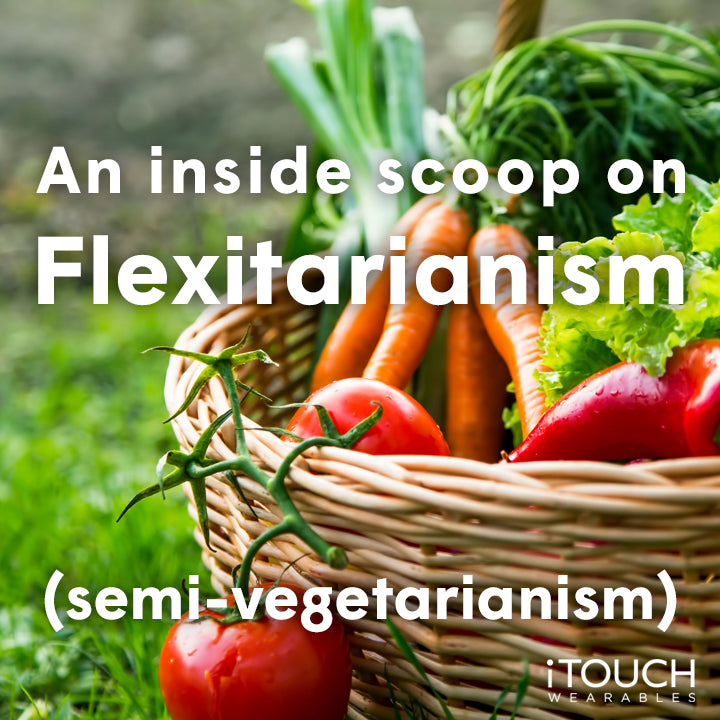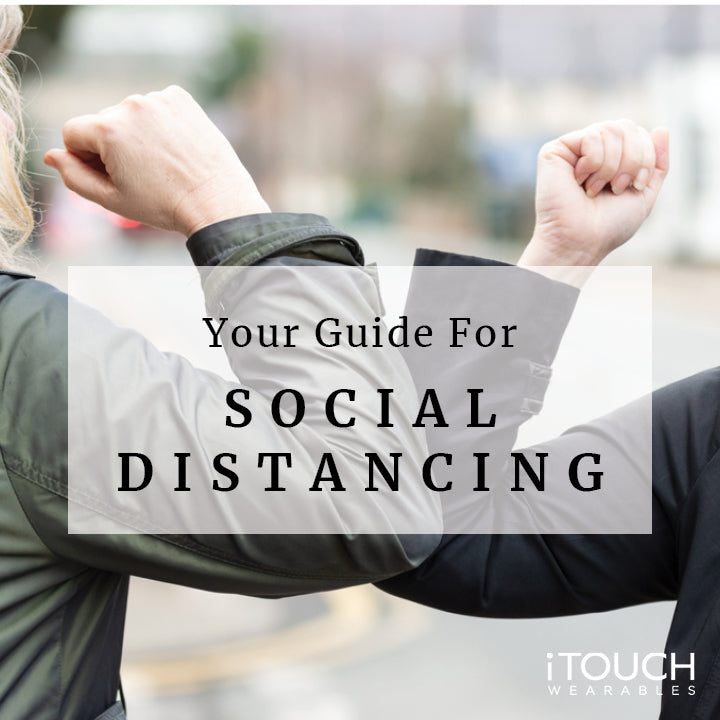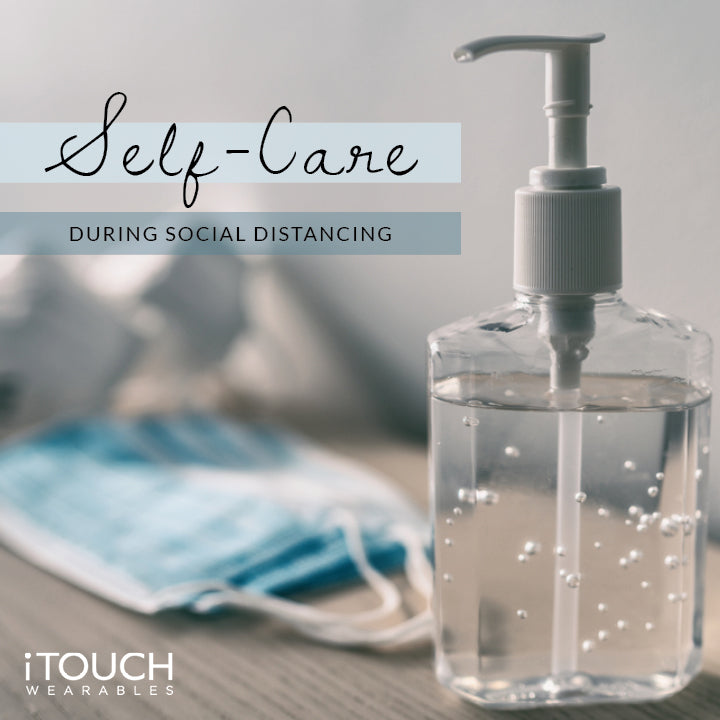
An Inside Scoop on Flexitarianism - (Semi-Vegetarianism)
Have you tried the vegetarian or vegan lifestyle but still get a craving for meat and the perfect home-cooked steak? Or looking to try to ease your way into a more healthier diet or lifestyle? Try considering going flexitarian - yes, you did read that correctly. Flexitarianism is not a made-up concept created by those "vegetarians" that tried to argue with you when they accidentally ordered ribs for dinner as a "special occasion", but much rather a diet and lifestyle that allows you to create some middle ground in wanting to the benefits of being a vegetarian while still allowing meat in moderation. If you are curious about the flexitarian lifestyle, we got the guide for you! This is our inside scoop on flexitarianism:
What is Flexitarianism

Flexitarianism was created by dietitian Dawn Jackson Blatner in a way to reap the benefits of vegetarianism while still being allowed to eat and consume meat within a moderate amount of quantity. The flexitarian diet does not have a set list of rules or even a set restriction of calories that can be consumed, but rather focuses on creating a lifestyle and meal plan rather than a diet. In that being said, flexitarians and their diets usually follow the following principles:
- Eat mostly fruit, vegetables, legumes, and whole grains.
- Focus on protein from plants and not animal products.
- Be flexible in allowing yourself to eat animal products from time to time.
- Eat the least processed and most natural foods available.
- Limit added sugar and sweets.
Due to its easier restrictions and guidelines, it is a popular choice among those who do want to achieve a healthier lifestyle without needing to give up any meat or other animal products like cheese, milk, or even honey.
Health Benefits of Flexitarianism

Flexitarianism can lead to many health benefits as research shows, but much more depends on what the consumer actually eats and puts into their bodies. As stated, in order to get the most benefits out of the diet, it is important to stick to eating mostly fruits and vegetables, other natural products full of protein, fibers, and beneficial fats, while avoiding sugary and processed foods. In maintaining a health flexitarian diet, these health benefits will be more apparent:
- Promotion of Heart Health : Diets rich in fiber and healthy fats are reported to promote better heart health according to PubMed Central. A study had found that 45,000 adults who have been vegetarian had a 32& lower risk of heart disease than those of a non-vegetarian diet. This may be due to the amount of fiber and antioxidants that vegetarian diets have, helping to lower cholesterol and reduce blood pressure. While flexitarianism does allow you to eat meat, eating a diet that does contain a high level of healthy fats and fiber from plants can acquire some of these benefits.
- Lower Your Risk of Diabetes : Eating a plant-based diet can help lower the risk of diabetes, and may even aid in managing the disease. Many vegetables and fruits can aid in weight loss while also providing again all the natural fiber and healthy fats that are essential for creating a healthier lifestyle.
- Help Lower Your Risk of Cancer: Eating nuts, seeds, vegetables, fruits, whole grains, and legumes can be beneficial in lowering your risk of cancer, according to several studies published on PubMed Central. A seven year study was done finding that 78,000 participants who consumed a semi-vegetarian diet were 8% less likely to get colorectal cancer compared to those who were non-vegetarian.
How To Create A Flexitarian Diet

If you want to create a flexitarian diet, it is all about making healthier and smarter decisions about what you are essentially consuming. As said, this means that you should eat more minimally processed to all-natural foods, aim for less processed sugars, and eat more plants high in fiber and natural fats. If you want some types in how to create a flexitarian diet, here are some that we found:
- Eat Lots of Greens: Eating greens such as kale, lettuce, arugula, with other veggies like carrots, radishes, onions, and plant-based proteins is a necessity in creating healthy choices for your flexitarian diet.
- Make Substitutions: Instead of eating chicken, steak, or pork for a main source of protein in, for example, a salad, substitute it was healthy proteins such as lentils, chickpeas, beans, or legumes. Swap out meats for meat substitutes like tofu, tempeh, or seitan for even added protein.
- Introduce More Grains: Try adding quinoa to your diet - an amazing superfood and grain that is extremely versatile can adds an extra eight grains of protein for every cup.
Whether you want a healthier lifestyle or want to slowly ease your way into vegetarianism or veganism, the flexitarian diet may be just for you!
Share with us whether you will try flexitarianism or not by tagging us on Instagram @itouchwearables and Facebook @itouchwearables. Also, be sure to check out our new articles published daily!
-Patrick


